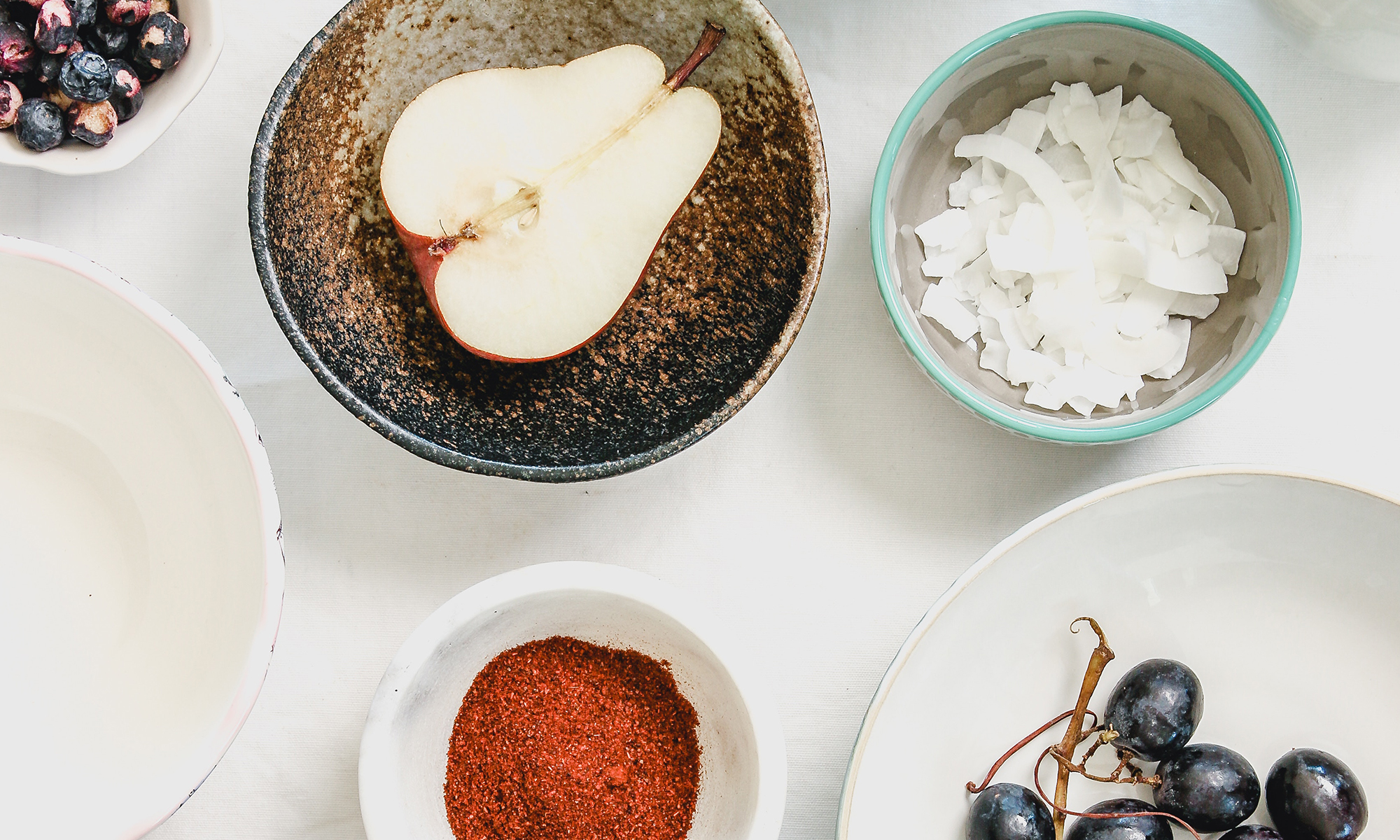Much of what I’ve learned through gardening has come from my friend Brett. I met Brett 15 years ago, in my native Washington, DC, when he was working as a chef at Restaurant Nora and I was a grill cook in my first job out of culinary school. When we met, he lived in Arlington, VA with his wife Christine. In his backyard he grew big heads of romaine lettuce, chilies and tomatillos along a chain-link fence and tomatoes in a sunny bed in the middle.
We both left Nora’s at the same time – he moved to Southern Maryland and bought an organic farm and I moved to Boston to work as a cook at Biba’s under the tutelage of Lydia Shire and Susan Regis. I visit Brett and Chris (and Allesandra who is now 9!) at least twice a year. Like most professions, there’s also something to be done when running a farm. And like cooking in a restaurant, the to-do list has a timing that cannot be altered. In a restaurant, for example, you must serve a guest his dinner within 30 minutes of the order, not the next day or even 2 hours later. Similarly, on a farm, the produce and weather dictate when certain chores need to be done. Fields can only be plowed within a certain window before or after a heavy rain, tomatoes must be picked two days before full ripeness, and eggs must be gathered within 12 hours to prevent the chicken from demolishing them. Since Brett’s to-do list is always full, the only way to spend time with him is to work the land along with him – planting seeds, harvesting greens, sorting eggs or staking tomatoes. Over the years, our friendship has grown as has my knowledge of farming, soil management and organic seed genetics. Much of Brett’s produce is familiar – tomatoes, watermelons, sweet potatoes and lettuces. Often he has a varietal that is not found in American markets – for example, the Courge Long de Nice – a French squash that resembles zucchini in the summer and butternut squash in the fall. The flavor has more depth than either of its American counterparts. But my favorite is the Peachy-Mama chili. Native to Brazil, this mild chili looks like a habanero, but tastes like a florally, sweet bell pepper. Since no seed supplier carries this line, he is careful to protect the seeds and the gene line. Peachy- mamas take about 5 months from seed to fruit. Last summer some plants ripened a solid 3 weeks early. Brett was careful to harvest and save these seeds. This year, he is planting them with the expectation that this gene line will have a shorter maturation time. Last summer Brett also sent me home with some broccoli raab seeds. I planted them in the fall and barely had a chance to enjoy the plants before the first snow fall came.
When the snow finally melted this spring, a few plants began to emerge from the soil – winter tolerant raab. I shared with Brett this exciting news and promised to save the seeds for him. In Cambridge, we get too much snow for a winter hardy plant to survive in the fields, but Brett’s land does not get the amount of snow we do, so he can harvest in the fields (as opposed to greenhouses) throughout the winter months. With a seed that can survive sub-freezing temperatures, he will be able to grow the more flavorful field variety rather than the milder greenhouse. The broccoli raab has taken since April to go from plant to flower to seed.
Once the seed pods develop they must dry and cure before they are ready to be harvested. If harvested too soon they are green and wet, and will mold. When properly cured, the seeds are black and last for several years in the freezer. See green (uncured seeds) in the pods and black (cured seeds) in the background

Julia Shanks Recovering Chef and Urban Gardener